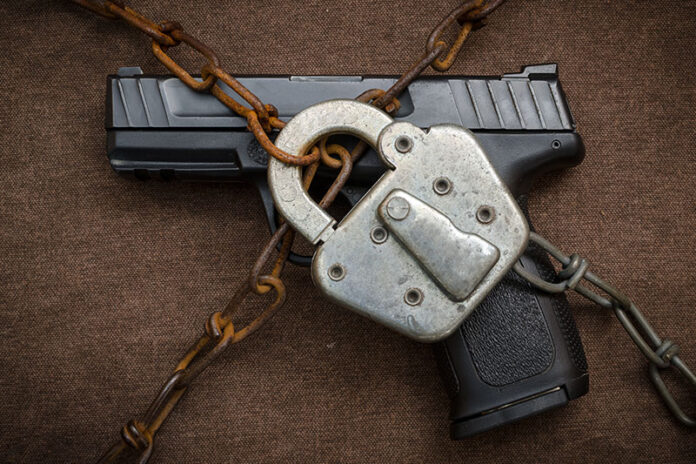The NRA is confronting challenges that have undercut the power of the long-feared lobby organization, even as new gun control measures are proposed after two mass shootings in a week in Atlanta and Boulder, Colo.
In 2017, the National Rifle Association celebrated its ascendant political power with a newly elected U.S. president, Donald Trump, who stood at the organization’s national convention lectern promising to deliver for the gun-rights group that had helped secure his election.
Four years later, though, the NRA is confronting challenges that have undercut the power of the long-feared lobby organization, even as new gun control measures are proposed after two mass shootings in a week in Atlanta and Boulder, Colo.
The NRA disclosed last year that it was cutting salaries and preparing to lay off employees as donations dried up during the coronavirus pandemic.Several key executives left the organization in the past two years, including the NRA’s former top lobbyist Chris Cox, who resigned in 2019. And political spending dropped significantly last year compared with the previous cycle. In 2016, the NRA spent $54.4 million on political advocacy, according to the Center for Responsive Politics. In 2020, that spending fell to $29.4 million.
“The NRA seemed to think filing for bankruptcy would solve all its political, financial and legal problems,” said Justin Wagner, a former New York state assistant attorney general who directs investigations for Everytown for Gun Safety. “Instead, while the public demands gun safety reform, the NRA’s bankruptcy so far has revealed even more bloated spending, financial mismanagement, and the gun lobby in complete disarray.”

















